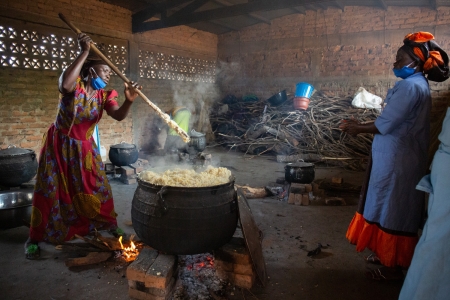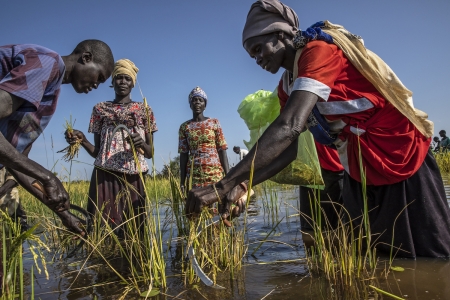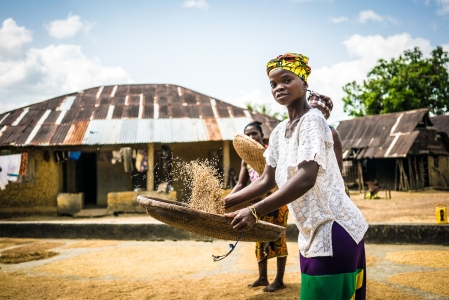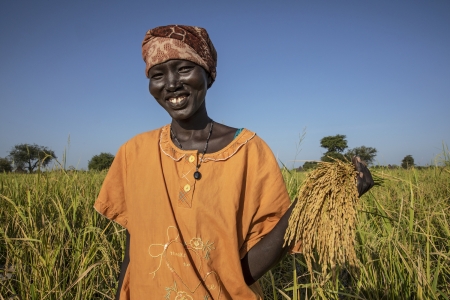10 Fascinating Facts About Rice
Rice is the most widely consumed staple food for over half of the world’s population, particularly in Asia, serving as a primary source of nutrition. In fact, rice is so fundamental to people’s diets around the world that it is commonly referred to as “the staff of life,” providing crucial nutrients and sustenance to millions of people every day.
The cultivation of rice has a fascinating history that dates back more than 9,000 years, with evidence of rice farming found in ancient China, Southeast Asia, and India. Farming techniques and technologies have been passed down through generations, with many traditional practices still being used today, such as wet rice cultivation, crop rotation, and irrigation systems.
Rice is incredibly versatile and can be prepared in various different ways, such as boiling, steaming, frying, and baking. It can also be used in an infinite variety of dishes, including sushi, fried rice, risotto, Spanish paella, and many more!
There are over 120,000 different varieties of rice, each with its unique texture, starch content, flavor, and nutritional properties. The most widely consumed kind is white rice, as it is affordable, widely available, and easy to prepare.
Rice is an excellent source of carbohydrates, an important macronutrient that plays a key role in providing energy to the body, while also improving brain function, and reducing the risk of heart disease. However, not all types of rice are equal regarding their nutrient content; for example, brown rice is higher in fiber and nutrients than white rice.

The rice plant, scientifically known as Oryza sativa, typically flourishes in flooded fields, while some varieties of rice are better suited to growing in dry conditions. This productive plant can grow up to six feet tall and produces small, delicate flowers, each one giving way to a single grain of rice that is harvested once it’s fully ripe.
Rice is an essential ingredient in many beauty products, including facial masks, hair treatments, and exfoliators, due to its natural and gentle properties that provide moisturizing and nourishing benefits. Particularly, many Asian countries have a long history of using rice in beauty products, where it is a staple food crop.
Rice is an important crop for the global economy, with over 500 million tons produced each year, making it the second most produced grain after maize. The rice industry plays a very important role in ensuring food security for billions of people around the world, particularly in developing countries, and contributes significantly to the world’s economic growth.
In some cultures, rice is considered a symbol of fertility and prosperity, and is often used in religious ceremonies or rituals. In Japan, for example, rice is considered a sacred crop and is commonly used in weddings and other traditional ceremonies. Similarly, in Thailand, rice plays an essential role in many Buddhist rituals, and is often offered as a gift to monks and other spiritual figures.
Unfortunately, rice is a complex crop to grow, despite its global popularity, it is often linked to water consumption, pollution, soil degradation, and greenhouse gas emissions. Nonetheless, some farmers are adopting more sustainable cultivation practices, including the use of natural fertilizers, while researchers continue to develop new varieties of rice that require less water and are more resistant to pests.
Time to put your newfound knowledge to good use!
Click here to play Freerice’s multiple-choice trivia game on various different subjects! For each correct answer, 10 grains of rice are donated to the World Food Programme to help fight hunger worldwide. As you play, you can also keep track of how many grains of rice you have donated.
Don’t forget to share your results with your community to help achieve a world of #ZeroHunger, one grain of rice at a time.


